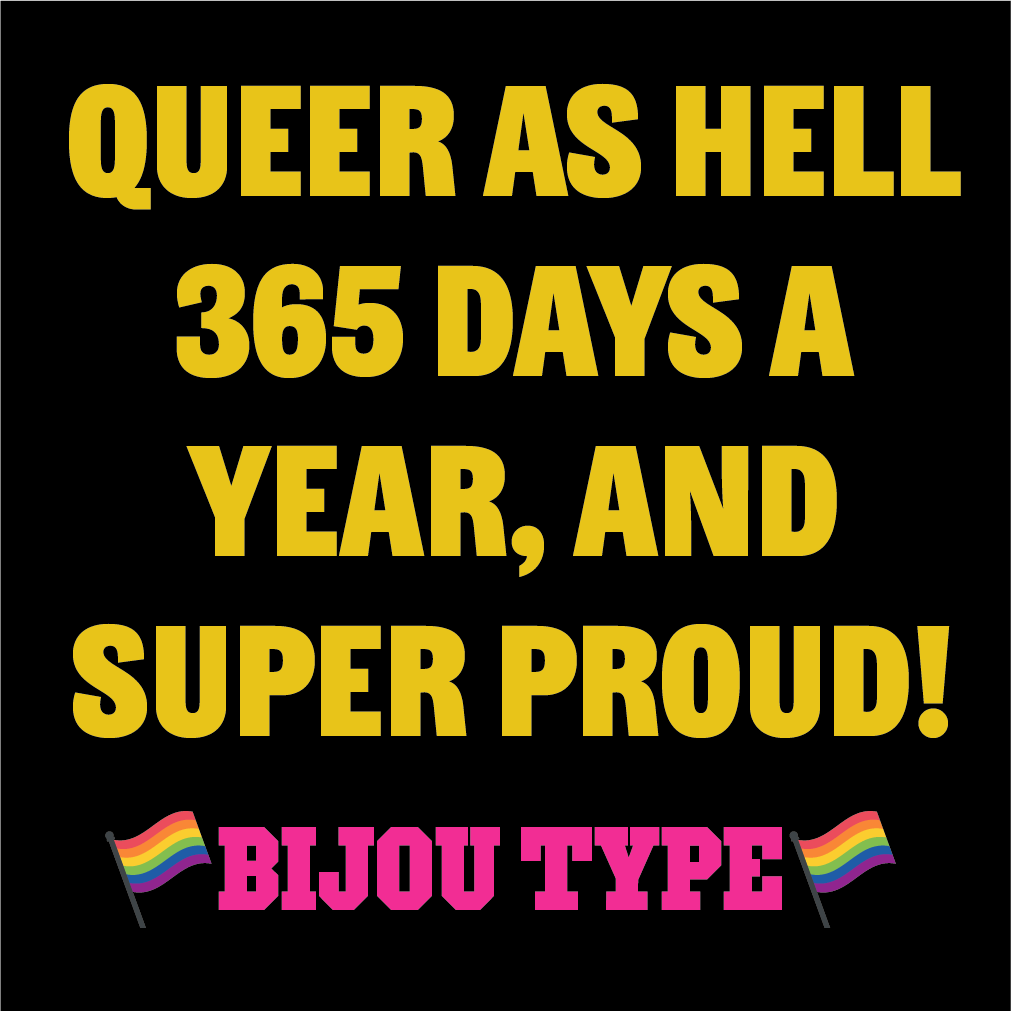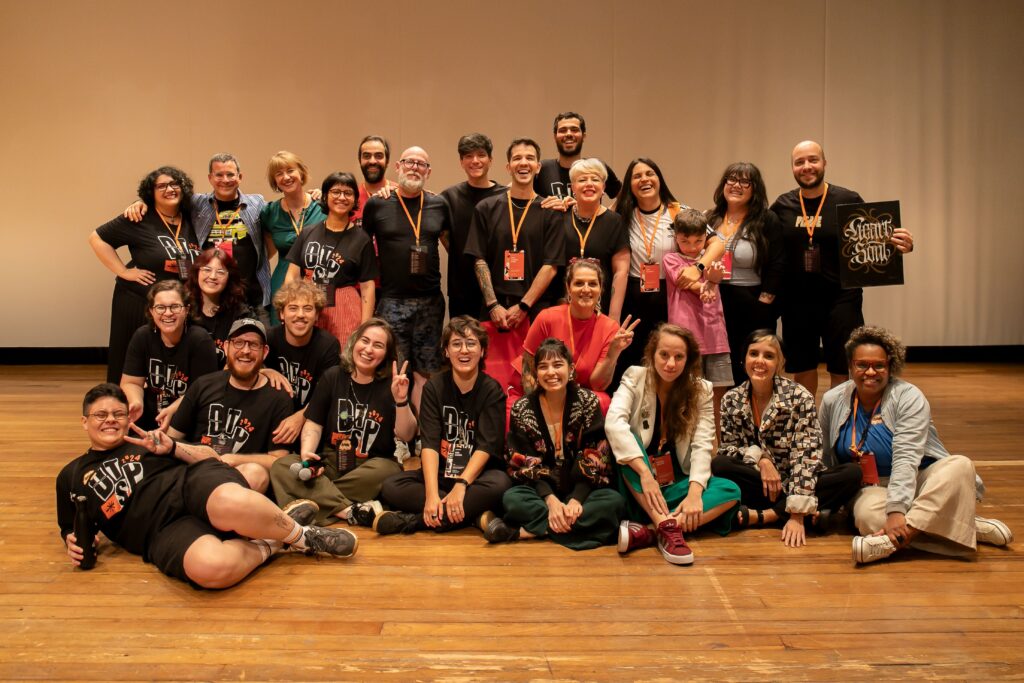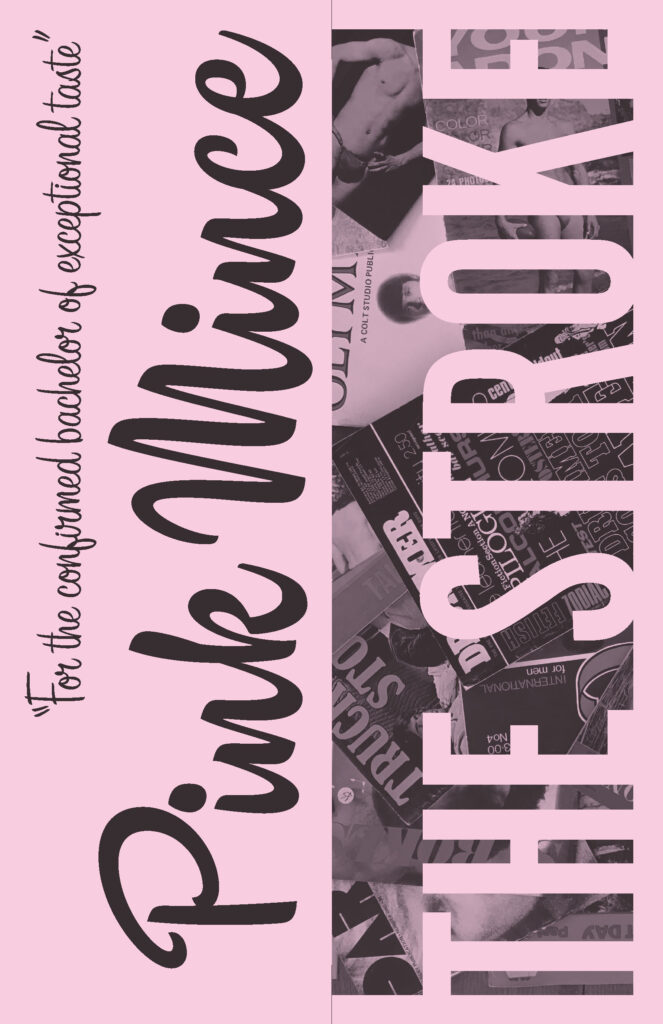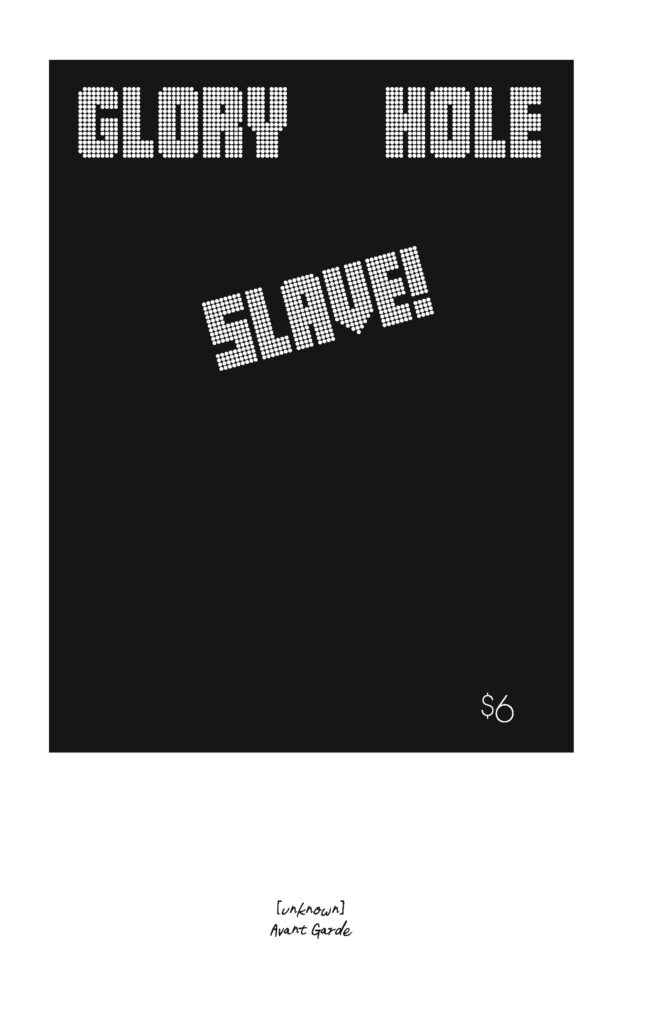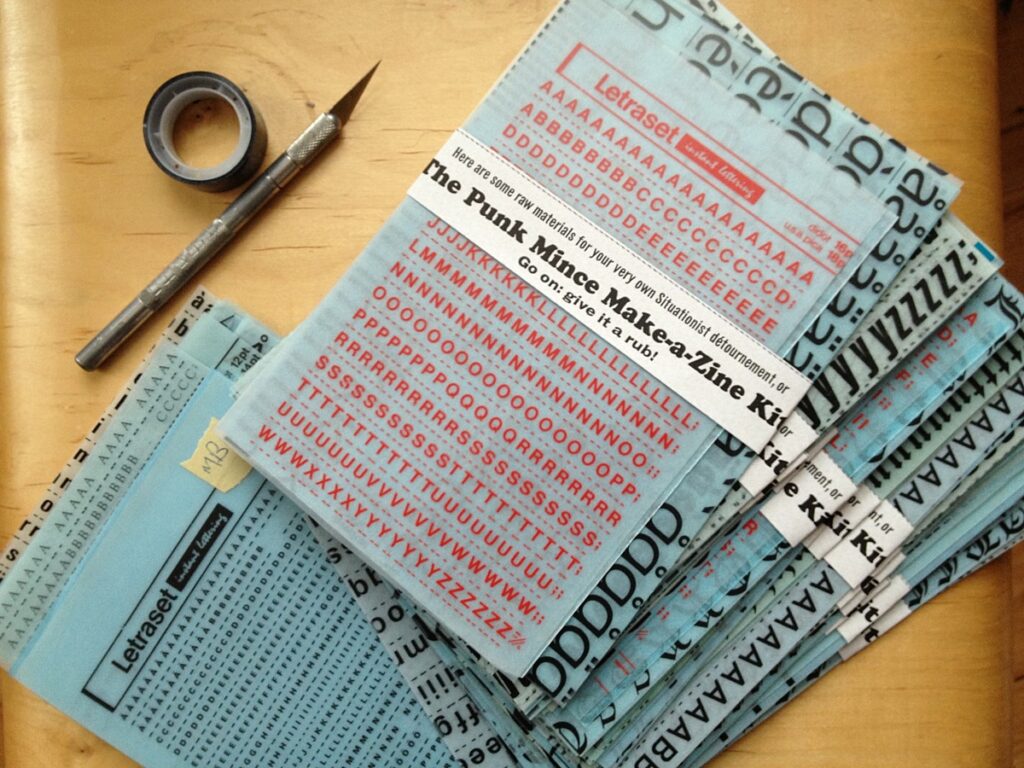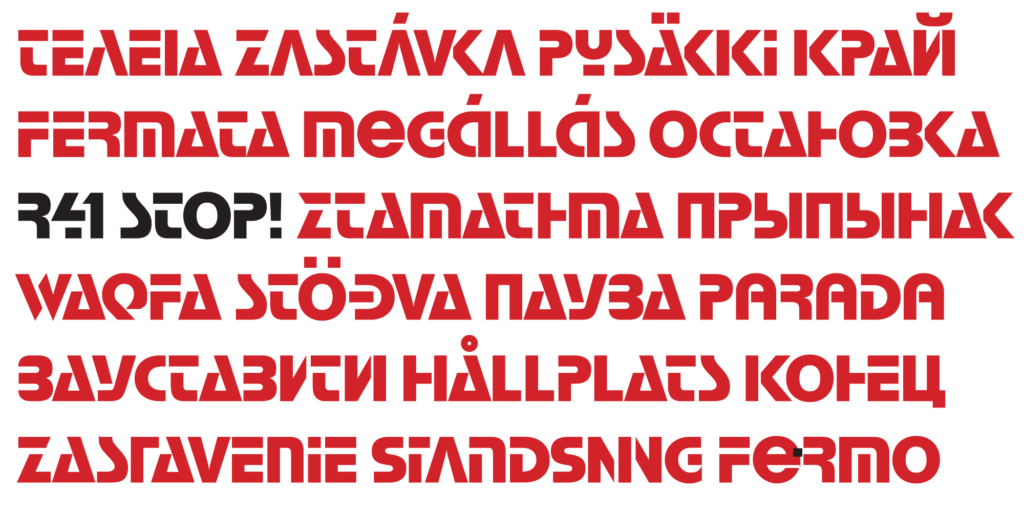Ah, the holiday season — the time of the year when I invariable get a minute or two to catch my breath and reflect upon how exhausted I seem to be by the end of each year. It doesn’t take any deep reflection to know why: I do too much, and too much of it at once, because I constantly chase too many parallel interest and side hustles, and I exist in a state of almost perpetual over-commitment. I’m interested in too many things! Since I am lucky that I can earn a living by doing things that I enjoy anyway, work tends to bleed into non-work, and hobbies overlap with my profession.
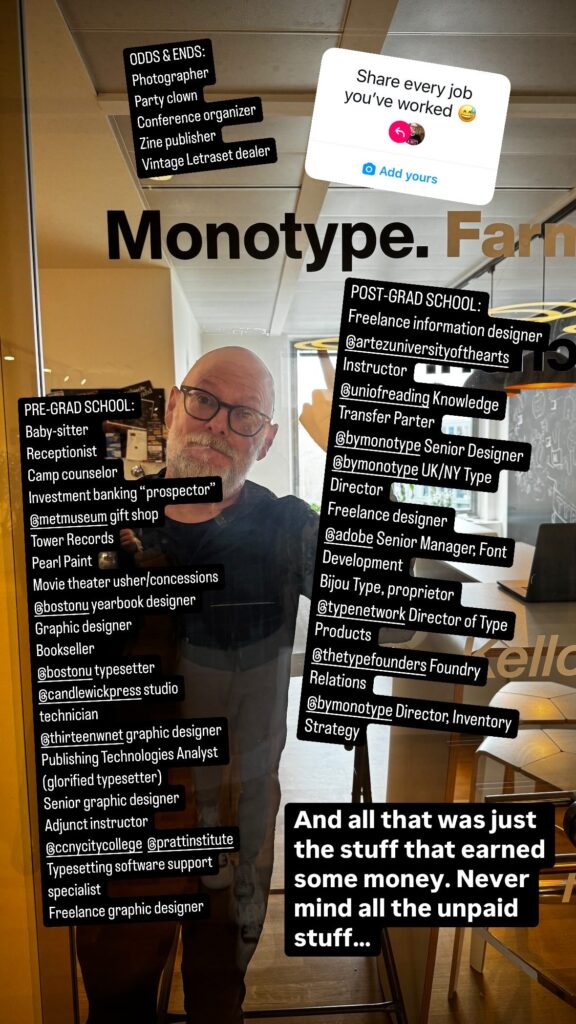
An Instagram story prompt had me thinking today about how much I have actually done for work and work-adjacent activities over time. It’s…a lot. (And I say this while feeling a huge amount of shame over letting yet another work-adjacent project blow its last deadline because I haven’t had the time to properly concentrate on it.)
Twenty years ago (!), I published a post about my real résumé — all the jobs I’ve had, not just what I would list on a CV — and that was already a lot. So, let’s see what I’ve been up to since April 2004…
Continue reading “Perpetual Professional Burn-Out”



